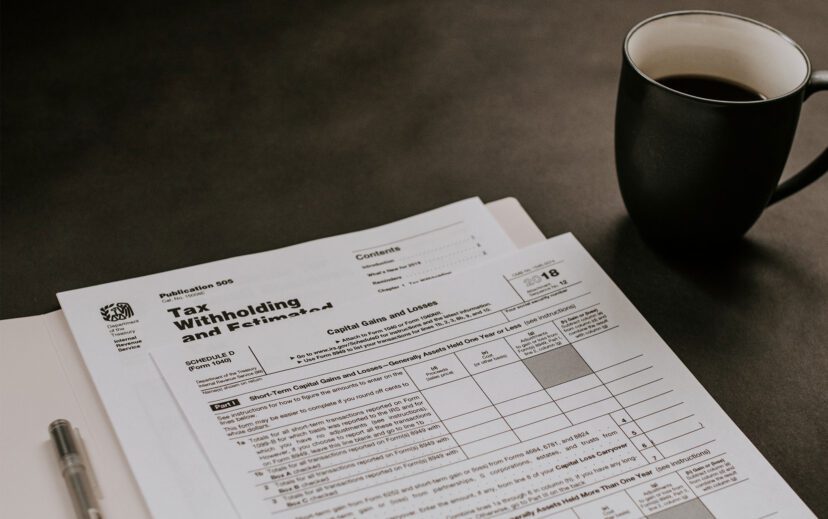Updated: March 25, 2022
“S-Corp” is a buzzword you may have heard while researching ways to structure your new business. There’s a reason they’re talked about so often – S-Corporations allow you to avoid double taxation on your business. However, S-Corp status is not for everyone. Here are a few things to keep in mind if you’re considering choosing this entity type.
Taxation:
S-Corps allow you to “pass-through” corporate income and losses to your company’s shareholders without also being taxed at the corporate level. There are several filings required to keep this status. The IRS requires you to file Form 2553 within 75 days of incorporating to get S-Corp status. You also have to complete annual filings, but not quarterly ones as required for normal corporations. Form 1120S is the income tax return form for S-Corps, and it must be filed by the 15th day of the third month following the end of the company’s tax year, which is generally March 15 (unless this date falls on a weekend or holiday). Keep in mind that some states require additional forms in addition to the federal filing – in New York, you must file Form CT-6 to elect to be taxed as a New York S-corporation, and Form CT-3-S within 2½ months after the end of each tax year. Also remember that some states, like New Hampshire and Texas, don’t recognize the S-Corp status at all.
Shareholders:
Your S-Corp cannot have shareholders that are corporations, LLCs, partnerships or non-resident aliens. In other words, your shareholders must be real “people.” Your S-Corp can have up to 100 shareholders, but no more than that. S-Corps may also only issue one class of stock. All outstanding shares of your business must carry identical rights and privileges. In other words, you may not issue preferred stock to anyone, including yourself.
Residency requirement:
If you’re not a U.S. citizen, can you own or be part of an S-Corp? The answer is yes, but you must meet the “Substantial Presence Test.” To do so, you must be physically present in the US for at least (1) 31 days during the current year; and (2) 183 days total during the past 3 years (including the current year one). When calculating, you must include 1/3rd of the days you were in the United States last year, and 1/6th of the days you were here the year before that, meaning you can’t frontload the days.
For example, to determine if you meet the substantial presence test for 2021, let’s say you were in the U.S. for 150 days each in 2019, 2020 and 2021. Include all 150 days in 2021, 50 days in 2020 (1/3 of 150) and 25 days in 2019 (1/6 of 150). Since the total for those years is 225 days, you’d meet the 183-day requirement. Calculating these days accurately is essential – if you or any your shareholders fail to meet the residency requirement, your company may lose its S-Corp status.
CONTACT AN ATTORNEY TODAY
To reap the benefits of S-Corp filing status, there are many rules you will need to follow. Contact an experienced attorney to determine is S-Corp status is right for your new business, and for guidance on complying with the requirements of the program.




